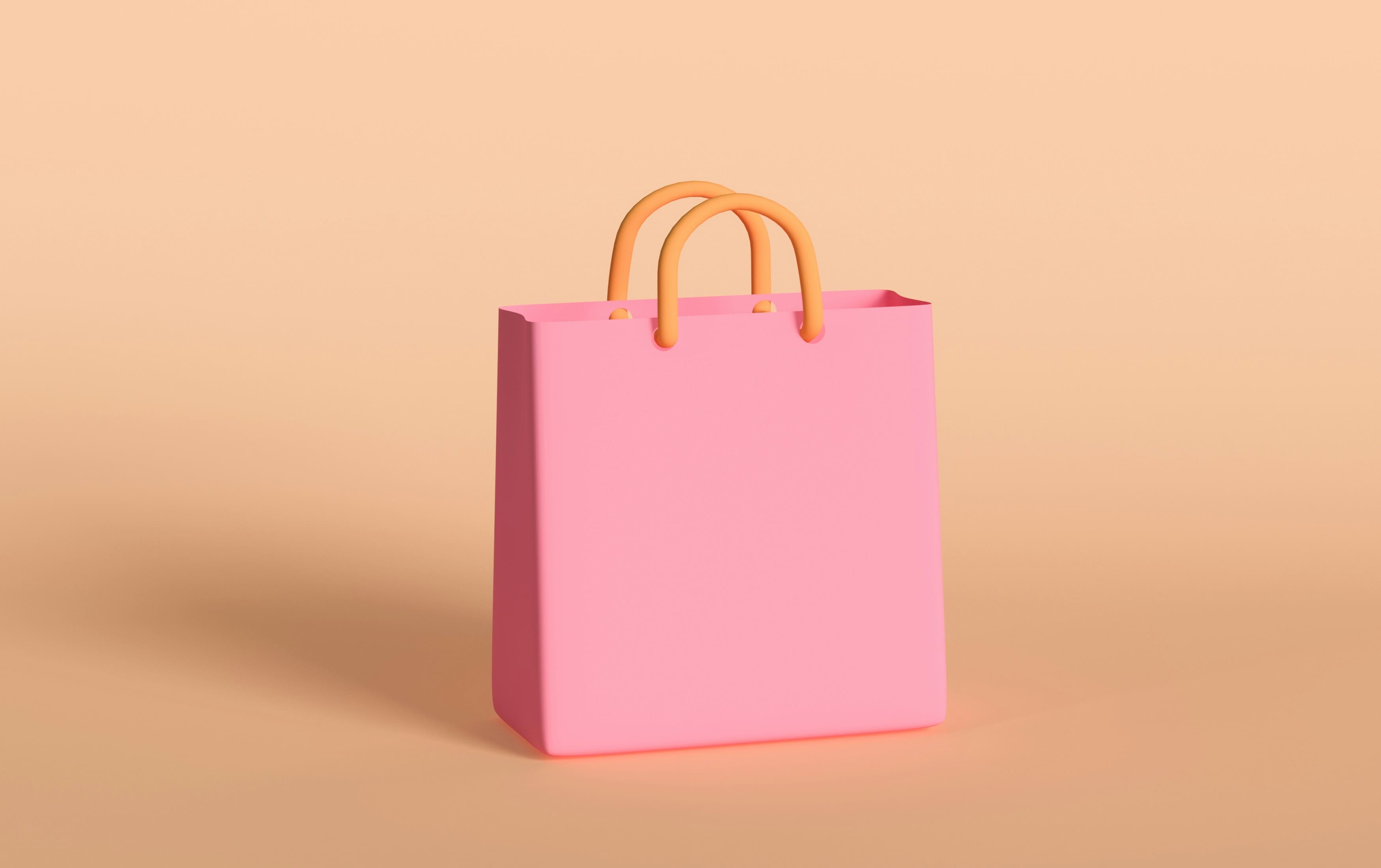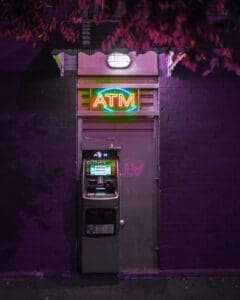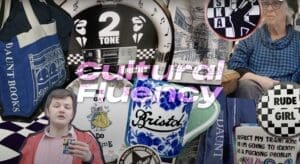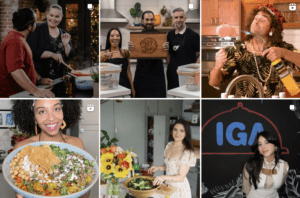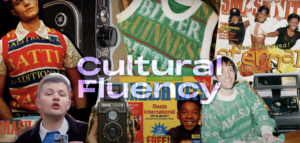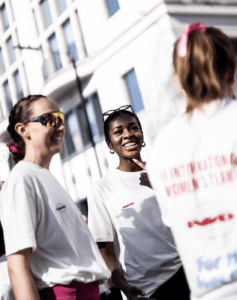What exactly is quiet luxury?
According to TikTok creator Charles Gross, loud luxury is all about ‘logos, brands and conspicuous spending’. It’s a shirt or bag that screams ‘I spent a lot of money on this’. Quiet luxury, however, is about purchasing pieces ‘that to the naked eye don’t seem luxury at all. They could be a dollar or a million dollars’.
It’s expensive clothing that nobody can recognise.
The aesthetic is less concerned with projecting wealth than creating a wardrobe full of high-end everyday staples that speak to sophistication. Smart tailoring, clean-cut lines and elite craftsmanship. Logo-less t-shirts, cashmere sweaters and baseball caps. The quiet luxury aesthetic rejects seasonal fashion trends and instead honours timeless pieces, almost mirroring the ‘buy less, buy better’ promotion of conscious consumerism.
@charlesgross #succession #quietluxury #gwenythpaltrow ♬ original sound – Charles Gross
In the last few years, fashion and consumers have become obsessed with the ultra-flashy styles of the Y2K era. From sky-high shoes to mini bags, the resurgence of the early 2000s took over the 2020s. Nostalgia was and still is ‘the’ moment. As of recently, however, runways have focused on perfecting wearable styles. TikTok It girls are deeply invested in the quiet luxury aesthetic, trading Y2K-inspired trends for muted colour palettes. Thanks to the widespread interest, the search term ‘quiet luxury’ has surpassed 40 billion views on TikTok, with ‘stealth wealth’ growing to over 620 million views.
Drawing inspiration from shows such as HBO’s Succession and celebrities like Sofia Richie Grainge, creators have theorised that by not looking obviously wealthy you are in fact rich.
Take Mark Zuckerberg for example, he has always been seen wearing casual and unrecognisable branded clothing and yet he is among one of the richest men in the world.
Creators have been providing tutorials on ways we mere humans could attempt to recreate this nonchalant aesthetic, from ‘old money’ outfit inspiration to ‘how to dress like the 1%’. Lydia Jane Tomlinson and Coco Bassey are a few creators showing us ways we can imitate the ‘old money’ aesthetic in our everyday lives.
@newsfash #stitch with @Rae Is it quiet luxury if you won’t shut up about it? #therow #quietluxury #olsentwins #marykateandashley #greenscreen ♬ original sound – NEWSFASH™️
The concept of the trend itself can be traced all the way back to the 19th century Gilded Age era when minimalist aesthetics and practicality were made infamous, and to 1700s France when conspicuous wealth was all the rage. The fall of the French monarchy and the rise of urbanisation is a great example of stealth wealth.
The pandemic was our modern equivalent. We saw young aspirational buyers panic buying and investing in large logos and statement pieces. Three years later and in the midst of a cost-of-living crisis, ‘quiet luxury’ is the new buzzword.
The desire for those who are financially stable to inconspicuously wear high-value items without garish logos suggests their desire to not obviously flaunt their wealth during hard times.
There is an argument to be made on how ‘quiet’ quiet luxury is. TV personality and businesswoman Bethany Frankel shared on TikTok her thoughts on why quiet luxury may be considered passive-aggressively loud. She states ‘it’s like when someone tries so hard to look like they didn’t try.’

Fashion journalist Mosha, known on TikTok as NewsFash, talks about Mary-Kate and Ashely Olsen’s The Row and says wearers of the archetypal ‘quiet fashion’ brand seem incapable of not talking about it, with the running joke being ‘how do you know if somebody is wearing The Row? Don’t worry, they’ll tell you’. She questions: “is the desire to proclaim the antithesis of quiet luxury? Or are we all seeking Olsen-style validation at the end of the day?”.
It is also a fair assumption to make that as per our history books, the quiet luxury trend very much reflects the state of our economic uncertainty. The trend does not necessarily reinforce wealthy stereotypes and ‘rich people blending in’, rather it’s a shift towards conscious consumerism and investing in wearable pieces and most importantly is about putting experience over status.
Gen Z has changed the perception of quiet luxury from expensive cashmere sweaters and muted colours to a mindset that forces us to take a slower more conscious attitude to what we are buying whilst making it accessible to everyone.
Pre-loved and vintage garments that can be sourced through avenues such as eBay, Depop and Vinted enable anyone to shop sustainably. In today’s climate, by taking time to be savvy with our shopping habits, we can all achieve an elevated aesthetic, whilst shopping sustainably.
Quiet luxury may be considered a trend that is so obviously not quiet and very much aligns with the current state of our economy, but will it last? If we were to refer to our history books, then this is a trend that is likely to be surpassed by garish and logo-centric maximalist fashion once we all get accustomed to the current state of our economy. Nonetheless, what this aesthetic has taught us is that prioritisation of sustainability will remain key – no matter the trend.
